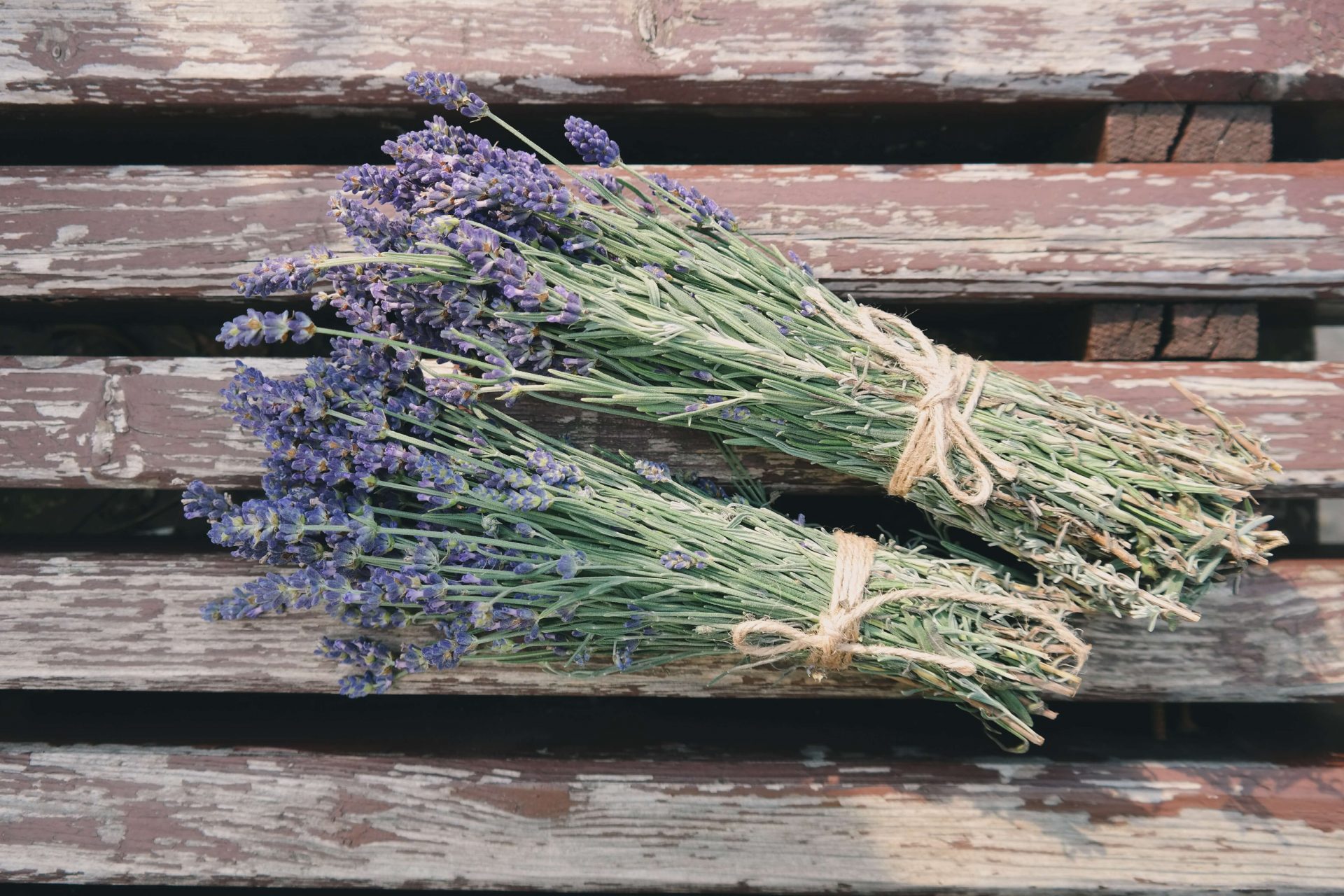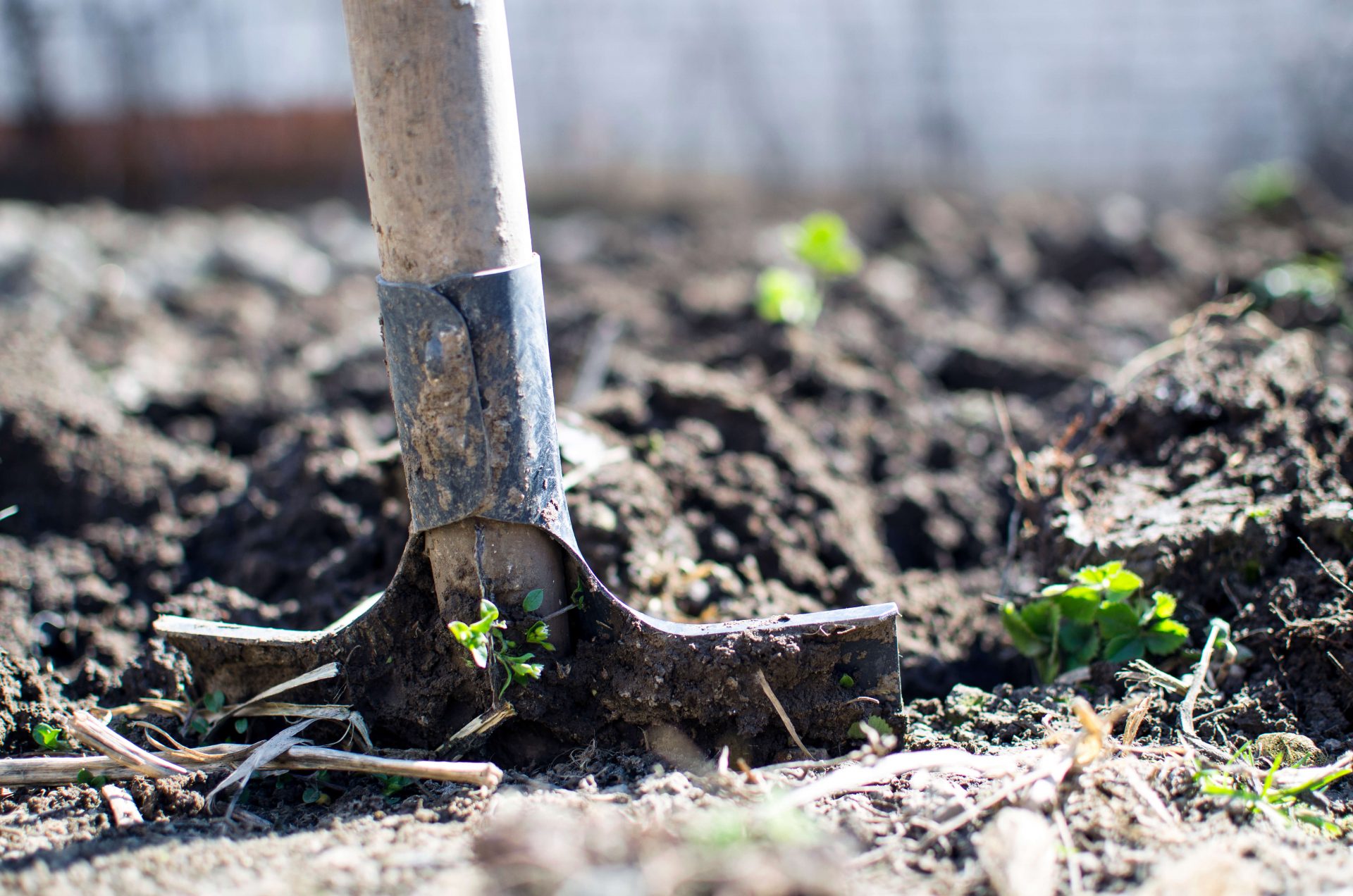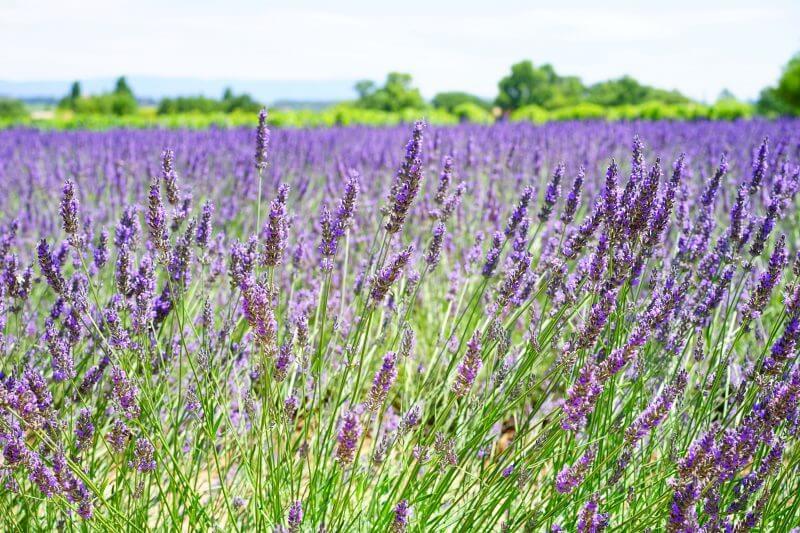So you are thinking about buying a Virginia Farm, or transitioning Virginia Farmland into a functioning farm? One way to utilize a portion of land, large or small, is planting lavender fields. Lavender fields can be vast or small, and are fairly low maintenance.
The Appeal
As a mother of two, I consider lavender a pure godsend, but you may not feel the same way. So why would one want lavender fields, you may ask? There are a multiplicity of reasons as to why a lavender field might just be the perfect addition of your Virginia farm.
5 Reasons to have Lavender Fields

Dried Lavender is incredible From bakeries to restaurants to flower shops, your customers will come from near and far.
- Beauty. It’s hard to debate the fact that lavender fields are an attractive way to kick your Virginia Farm up a notch. Lavender Fields are an attraction in and of themselves, so if you want another way to draw visitors to your farm, this is an excellent way.
- Ease. Lavender does not need to be grown from seedlings. This is huge. Simply expand your crop by cuttings: cutting a piece of lavender that does not have flowers yet and following a few simple steps.
- Profit. If you’d like to sell your lavender, customers are plentiful. From culinary purposes, medicinal purposes, to your bath & body products lavender is used far and wide. Sell it wholesale or retail, the choice is yours.
- Lower Blood Pressure. I am no scientist, and lay no claim there. Lavender essential oil is used for lowering blood pressure. In addition, farming in general can be associated with a lower blood pressure than other professions.
- Bug Repellent. Lavender is a natural bug repellent. For those of us that prefer pesticide free crops, this plant naturally deterring bugs is a huge plus!
How to: Plant Lavender Fields on your Virginia Farm
First things first. How do you plan on beginning your lavender plants?
- Get your soil right. Lavender prefers well draining soil. Some suggest adding builders sand to the soil to encourage drainage.
- Seeds? Seedlings? Cuttings?
- Pick which type of lavender. Do your research! English, Spanish, French and even yellow lavender exist.
- Think about adding bee hives to your Virginia Farm. Bees love lavender!
Basics
Lavender is a perennial. This means, unlike many crops you may need to plant yearly lavender isn’t going anywhere. Technically, lavender is in the mint family and there are 47 species. The most commonly found lavender, is English Lavender.
Soil
You may have to adjust the soil in your soon to be lavender field on your Virginia farm by incorporating sand into it. You see, lavender thrives in dry, well drained soil and loves the sunlight. No fertilizer is necessary in the cultivating of this fine smelling flower. It’s best to avoid mulch, as this can encourage root rot and damp soil. Stick to crushed rocks and gravelly materials.
Planting seeds

Whether you choose to plant from seeds or cutting the soil needs to stay relatively dry.
Give your seeds plenty of time and plant them early. 1 pound of lavender seeds runs about $100-$250 and will be over around 500,000 seeds give or take. Germination will occur in approximately 2 weeks, make sure you keep the seed tray on a heating mat or somewhere warm. Full maturity is reached in about 2 months. Make sure the soil does not stay damp, and sunlight is encouraged!
Cuttings
This is an easier and quicker way to grow lavender, and more times than not will be successful. You can make a cutting from the soft wood or hard wood. You will need to make the cutting 3-4″, and remove leaves from the bottom 1-2″. From here you will scrape the skin off of one side of the stem. Then, plant the stem in a mix of vermiculite and peat moss. These babies should take root in 2-4 weeks.
What now?
You may want beautiful fields, you may want to harvest or you might want to create things from your lavender and sell those goods. You don’t have to figure this out right away, and you may change your mind after your lavender is in full bloom from one use to another. Or perhaps you do a mixture. While your lavender is taking root, it’s a great time to research uses of lavender, and get to know locals who may be interested in your harvest. This could include: restaurants, bakeries, homemade soap makers, as well as florists.
Check out these properties for your future Virginia Lavender Farm:
